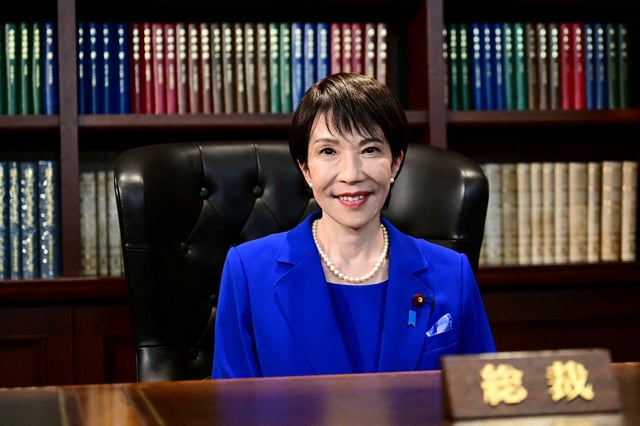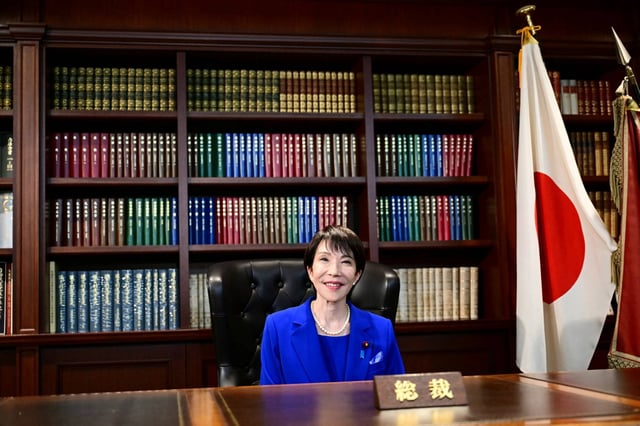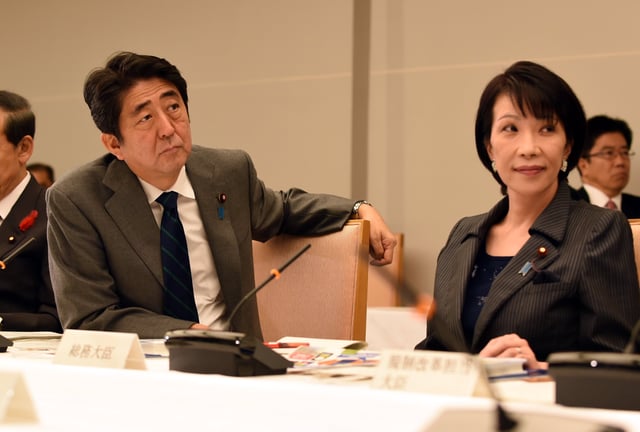Overview
- Sanae Takaichi, poised to become prime minister after winning the LDP leadership, asserted government responsibility for monetary direction, reviving an Abenomics-style stance.
- Investors piled into the so‑called Takaichi trade, sending the Nikkei to record territory and pushing the yen near 152 per dollar, which prompted verbal warnings from Japanese authorities.
- Former BOJ officials cautioned that her rhetoric threatens central bank independence and could translate into efforts to slow or delay interest rate hikes.
- Political and economic constraints—including import‑cost inflation from a weak currency, the LDP’s fragile standing, and influential fiscal conservatives like Taro Aso—limit scope to pressure the BOJ.
- Economists still forecast BOJ rate increases, with calls for a hike in December and another in 2026, as President Trump’s criticism of yen weakness raises the risk of renewed U.S.–Japan friction.


